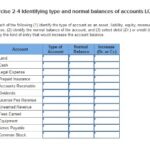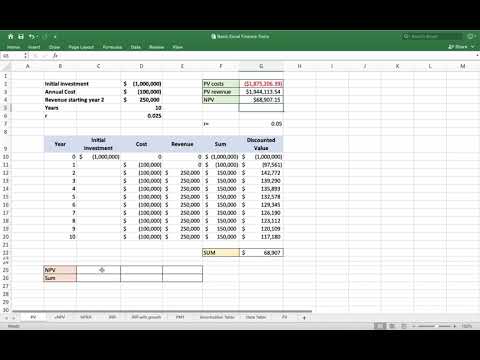
In the event that something doesn’t match, you should follow a couple of different steps. First, there are some obvious reasons why there might be discrepancies in your account. If you’ve written a check to a vendor and reduced your account balance in your internal systems accordingly, your bank might show a higher balance until the check hits your account. Similarly, if you were expecting an electronic payment in one month, but it didn’t actually clear until a day before or after the end of the month, this could cause a discrepancy. For example, real estate investment company ABC purchases approximately five buildings per fiscal year based on previous activity levels. This year, the estimated amount of the expected account balance is off by a significant amount.
In double-entry accounting, each transaction is posted as both a debit and a credit. Once data is gathered from these sources, the software, through advanced encoding, then compares account balances between documents from the different sources and identifies discrepancies. These are then investigated by accounting staff to identify the main cause of the discrepancies. Go through all transactions entered into internal records and compare them against similar transactions appearing in the bank statement. Check off transactions that are in agreement, and make a list of transactions in the bank statement that are not supported by any evidence, such as a payment receipt.
Ledger and bank balances don’t match
- Using accounting software will make it much easier to reconcile your balance sheet accounts regularly.
- Even though accounting processes help to monitor every transaction, fraudsters work with accountants to make changes to accounting records.
- If you use double-entry accounting in your business, you need to do account reconciliations monthly.
- This software automatically collects data from a company’s various sources of financial information stored digitally across various platforms.
- Adding the two columns, the bank reconciliation form now displays your reconciled balance of $12,360.
There are several steps involved in the account reconciliation process, depending on the accounts that you’re reconciling. It involves calling up the account detail in the statements and reviewing the appropriateness of each transaction. The documentation method determines if the amount captured in the account matches the actual amount spent by the company.

Best Practices for Maintaining Accounting Accuracy
The documentation review method looks to be a tiring process but automation software that pulls records and documents from various sources through integrations and APIs exists. Rather than manually sifting through records, this technology helps you save time and energy. If there are any differences between the accounts and the amounts, these differences need to be explained. Reconciling notes receivable definition your bank statements allows you to identify problems before they get out of hand.
Two Ways to Reconcile an Account
Most accounting software applications offer automatic bank reconciliation, which reduces the work. However, if some of your bank accounts aren’t connected to your software, you’ll have to reconcile those manually. If you use double-entry accounting in your business, you need to do account reconciliations monthly.
These articles and related content is the property of The Sage Group plc or its contractors or its licensors (“Sage”). Please do not copy, reproduce, modify, distribute or disburse without express consent from Sage.These articles and related content is provided as a general guidance for informational purposes only. These articles and related content is not a substitute for the guidance of a lawyer (and especially for questions related to GDPR), tax, or compliance professional. When in doubt, please consult your lawyer tax, or compliance professional for counsel. Sage makes no representations or warranties of any kind, express or implied, about the completeness or accuracy of this article and related content. Here is a simple process you can follow to make sure your accounts are reconciled convention of conservatism every month.
This blog delves into the essentials of account reconciliation, outlining the step-by-step process, and exploring the various types of reconciliation. Understanding this fundamental practice is vital for businesses aiming to achieve accurate financial reporting and make informed decisions. Some reconciliations are necessary to ensure that cash inflows and outflows concur between the income statement, balance sheet, and cash flow statement.
Accounting software automation and adding a procure-to-pay software, like Planergy, can streamline the process and increase functionality by automatically accessing the appropriate financial records. Invoice reconciliation is a great resource for weeding out errors or fraudulent activity, and also helps guard against duplicate payments. Invoice reconciliation usually involves two-way matching or three-way matching, which compares invoice details against a purchase order and shipping receipt. Clio’s legal trust management software, and Clio Accounting both provide lawyers with the ability to conduct trust account reconciliation–helping to keep your firm compliant and your client’s funds secure. There are many types of reconciliation in accounting, with the best method for a situation generally depending on the type of account that you’re looking to reconcile.
With the accounting activities of companies majorly done by humans, there is no writing off human error. Account reconciliation, therefore, serves as a chance for companies to get rid of this human error from their entire accounting process. The accountant of company ABC reviews the balance sheet and finds that the bookkeeper entered an extra zero at the end of its accounts payable by accident. The accountant adjusts the accounts payable to $4.8 million, which is the approximate amount of the estimated discontinued operations definition accounts payable. Remember, maintaining accurate financial records is a significant factor that keeps the wheels of your business turning smoothly.